The global gold market has experienced a significant surge in recent months, driven by a combination of rising demand from central banks, increased investment, and ongoing economic and geopolitical uncertainties. This surge has led to record-high prices and a renewed focus on gold as a safe-haven asset.
Record-High Demand and Prices
In 2024, the global gold market witnessed a record-breaking year in terms of both demand and prices. According to the World Gold Council, total gold demand reached 4,974 tonnes, valued at US$382 billion, marking a new high. Central banks continued to be significant buyers, purchasing over 1,000 tonnes for the third consecutive year. This trend was particularly pronounced in the fourth quarter, with central banks buying 333 tonnes, contributing to the record annual total.
Gold prices also reached multiple record highs during the year, with the LBMA (PM) gold price hitting 40 new highs. The average price in the fourth quarter of 2024 was US$2,663 per ounce, resulting in an annual average price of US$2,386 per ounce, up 23% year-on-year. This surge in prices was driven by a combination of strong investment demand, particularly from Western ETFs, and continued central bank buying.
Investment Trends
Investment in gold reached a four-year high in 2024, with total annual investment reaching 1,180 tonnes, up 25% from the previous year. Gold ETFs played a significant role, with holdings remaining essentially unchanged for the first time since 2020, in contrast to the heavy outflows of the prior three years. This shift indicates a return of investor confidence in gold as a stable and valuable asset.
Bar and coin demand also remained strong, with total annual demand reaching 1,186 tonnes, similar to 2023 levels. The composition of this demand shifted, with bar investment growing while coin buying reduced. This trend reflects the changing preferences of investors seeking physical gold as a hedge against economic uncertainty.
Geopolitical and Economic Factors
The surge in gold prices and demand can be attributed to several key factors, including ongoing geopolitical tensions and economic uncertainties. The World Gold Council noted that policy uncertainty and concerns over tariffs continue to drive demand for gold as a safe-haven asset. This trend is expected to continue in 2025, with central banks and ETF investors likely to remain significant drivers of demand.
Goldman Sachs forecasts that gold prices could rise by another 8% in 2025, driven by consistently higher demand from central banks and potential Federal Reserve interest rate cuts. The bank’s economists predict that if central bank purchases average 70 tonnes per month, gold prices could climb as high as US$3,200 per troy ounce by the end of 2025. Additionally, concerns over the trajectory of US government debt could further drive central banks with large US Treasury reserves to increase their gold holdings.
Impact on Jewelry and Technology
Despite the overall surge in demand and prices, the gold jewelry sector faced challenges in 2024. Annual consumption dropped 11% to 1,877 tonnes, as consumers were unable to afford higher quantities of gold jewelry. However, spending on gold jewelry still increased by 9%, reaching US$144 billion. This trend highlights the ongoing demand for gold in the jewelry sector, despite the high prices.
In contrast, technology demand for gold grew by 7% in 2024, driven by continued growth in AI adoption. This increase reflects the growing importance of gold in various industrial applications, particularly in electronics and other high-tech industries.
Future Outlook
Looking ahead, the gold market is expected to remain strong, driven by continued demand from central banks and investors. The World Gold Council predicts that economic uncertainty will continue to support gold’s role as a risk hedge, although this may put pressure on the jewelry sector. Additionally, geopolitical tensions and concerns over global economic stability are likely to keep gold prices elevated.
Goldman Sachs’ forecast for a potential 8% increase in gold prices by the end of 2025 highlights the ongoing optimism among investors. However, the bank also notes that several risks could cause gold prices to either undershoot or exceed this projection. For example, if the Federal Reserve cuts interest rates less than expected, gold prices could fall short of the forecast.
The global gold market has experienced a remarkable surge in recent months, driven by record-high demand and prices. Central banks and investors have played a significant role in driving this trend, with ongoing economic and geopolitical uncertainties further supporting gold’s status as a safe-haven asset. As we look to the future, the market is expected to remain strong, with continued demand from central banks and investors likely to drive prices higher. However, investors should remain vigilant of potential risks and market fluctuations, as the global economic and political landscape continues to evolve.
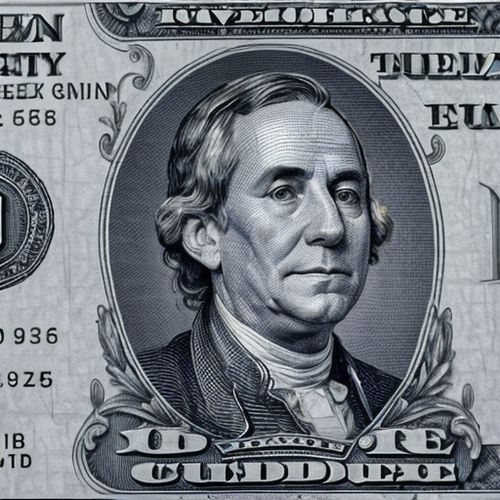
By Samuel Cooper/Apr 10, 2025
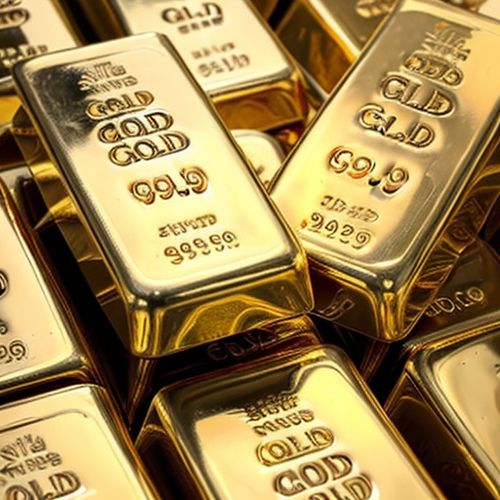
By Noah Bell/Apr 10, 2025
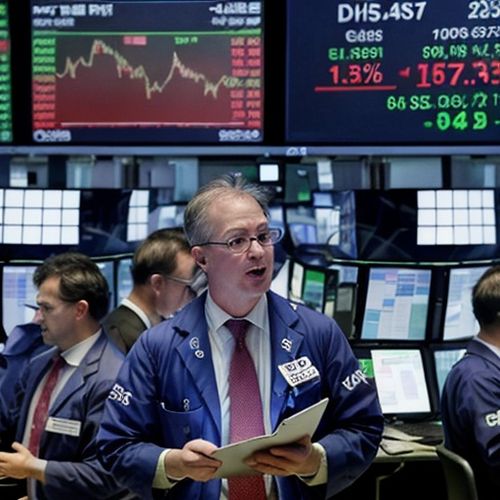
By Sarah Davis/Apr 10, 2025
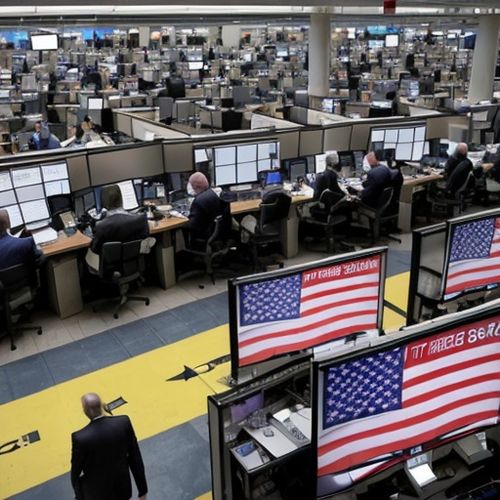
By Noah Bell/Apr 10, 2025
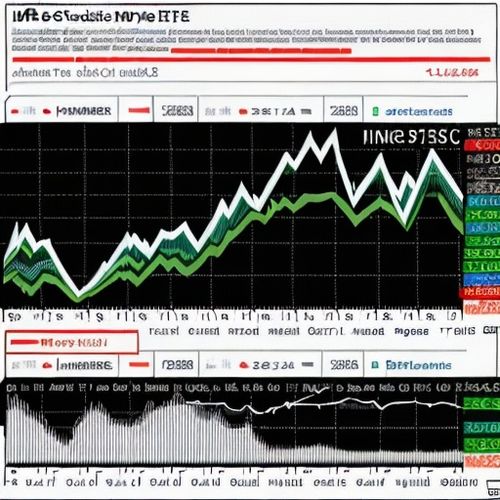
By Rebecca Stewart/Apr 10, 2025

By Lily Simpson/Apr 10, 2025
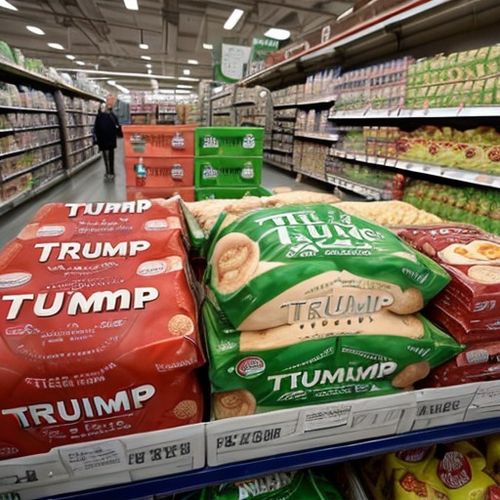
By Christopher Harris/Apr 10, 2025

By Emma Thompson/Apr 10, 2025

By Olivia Reed/Apr 10, 2025
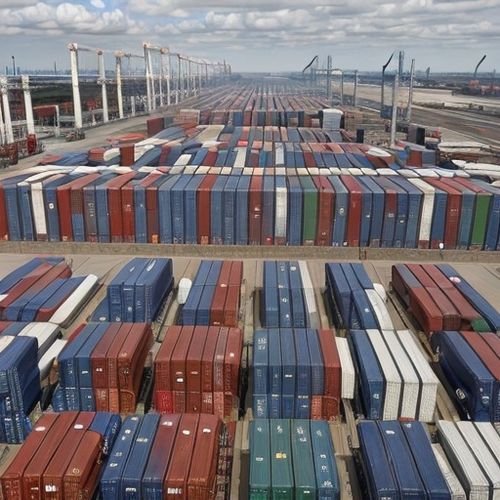
By Eric Ward/Apr 10, 2025

By Victoria Gonzalez/Apr 10, 2025

By Jessica Lee/Apr 10, 2025

By Sophia Lewis/Apr 10, 2025
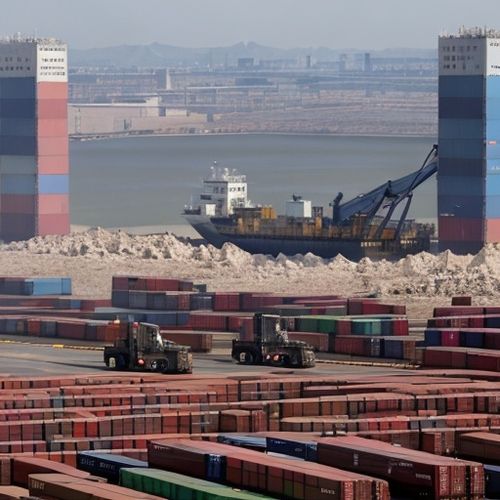
By Eric Ward/Apr 10, 2025
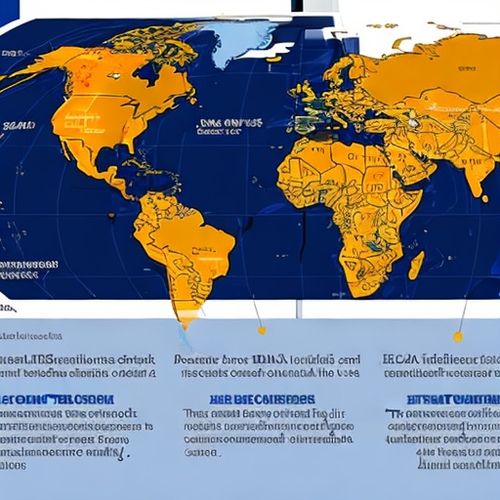
By William Miller/Apr 10, 2025

By James Moore/Apr 10, 2025